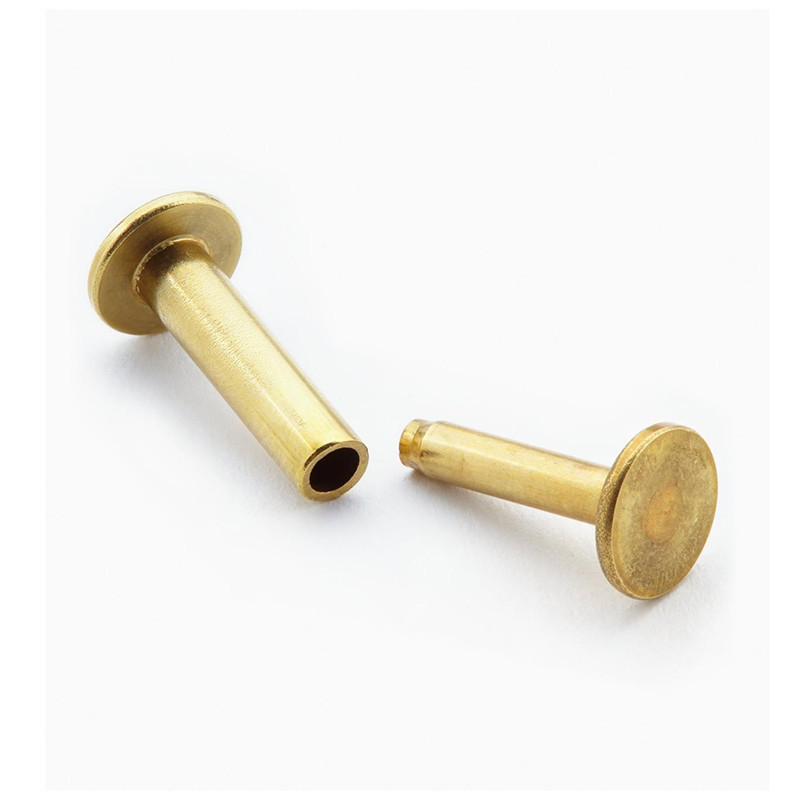

Морате бити пријављени да
Category


Фотографије су само у информативне сврхе. Погледајте спецификацију производа
please use latin characters
Hot forming is a process in the manufacture of industrial fasteners such as bolts, screws and rivets. Heat is used to soften the metal which is usually a sheet, bar, tube or wire and then pressure is used to alter the shape of the metal by performing any of the following operations:
| Heading | Forming a head on a bolt, screw or rivet |
| Blanking | Cutting a whole piece from sheet metal |
| Punching | Cutting a hole |
| Slotting | Cutting of elongated holes |
| Perforating | Cutting of a group of holes |
| Trimming | Cutting away excess metal |
| Shearing | Cutting in straight line completely across piece |
| Bending | Producing single, double, straight flange, edge hem, curl or double hem bends |
|
|
Cold Form
|
Warm Form
|
Hot Form
|
|
Temperature
|
Ambient
|
400-900 °F
|
1300-2000 °F
|
|
Die Pressure
|
High
|
Lower
|
Lowest
|
|
Stress
|
Residual
|
Medium
|
Minimal
|
|
Grain Flow
|
Good
|
Better
|
Best
|
|
Scaling
|
None
|
Less
|
More
|
Advantages
Да ли вас занима овај производ? Да ли су вам потребне додатне информације или појединачне цене?
морате бити пријављени
Hot forming is a process in the manufacture of industrial fasteners such as bolts, screws and rivets. Heat is used to soften the metal which is usually a sheet, bar, tube or wire and then pressure is used to alter the shape of the metal by performing any of the following operations:
| Heading | Forming a head on a bolt, screw or rivet |
| Blanking | Cutting a whole piece from sheet metal |
| Punching | Cutting a hole |
| Slotting | Cutting of elongated holes |
| Perforating | Cutting of a group of holes |
| Trimming | Cutting away excess metal |
| Shearing | Cutting in straight line completely across piece |
| Bending | Producing single, double, straight flange, edge hem, curl or double hem bends |
|
|
Cold Form
|
Warm Form
|
Hot Form
|
|
Temperature
|
Ambient
|
400-900 °F
|
1300-2000 °F
|
|
Die Pressure
|
High
|
Lower
|
Lowest
|
|
Stress
|
Residual
|
Medium
|
Minimal
|
|
Grain Flow
|
Good
|
Better
|
Best
|
|
Scaling
|
None
|
Less
|
More
|
Advantages
Vaša zahvalnost na komentar ne može biti registrovana
Prijavite nepristojan komentar
Prija nepristojnog komentara registrovana
Vaša prijava nepristojnog komentara ne može biti registrovana
Napišite vaš komentar
Komentar poslat
Vaš komentar ne može biti registrovan
